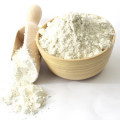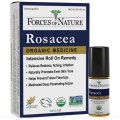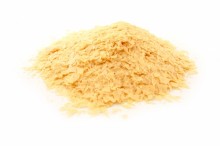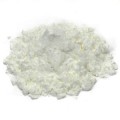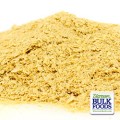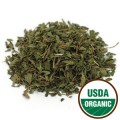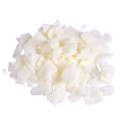 Loading... Please wait...
Loading... Please wait...- Home
- About Us
- Shipping, Returns & FAQ's
- Contact Us
-
For Your Information
- Canadian Customers Have a Choice if Shipping Via UPS
- Aura Cacia Homemade Aromatherapy Recipes
- Bella Nella Altered Art & Paper Crafts Blog
- Forms of Herbal Preparations
- Laundry Tips To Conserve Energy Blog from The Laundress
- The Story of Frontier Natural Products Co-Op
- Sovereign Silver Hydrosol and Aloe Protocol Stops Downward Spiral of Gut Dysbiosis
- Disclaimers
- Recommended Links
- RSS/Recent News
- The Story of Typhoon Housewares
- Reviews/Testimonials
- Raw Ingredients for Mfg
- Home
- Raw Materials
- Emulsifiers
- Carnauba Wax Certified Organic/Conventional Flakes Bulk
Carnauba Wax Certified Organic/Conventional Flakes Bulk
Product Description
Carnauba Wax is a vegetable wax harvested from the leaves of the Brazilian palm tree, Copernicia Cerifera. Organic Carnauba Wax is a hard brittle wax sold as small flakes. The flakes of Organic Carnauba Wax are light yellow in color and carry a light characteristic aroma. Applications for Bulk Organic Carnauba Wax are numerous ranging from cosmetics, to food and industrial coating applications.
Carnauba wax can produce a glossy finish and as such is used in automobile waxes, shoe polishes, dental floss, food products such as sweets, instrument polishes, and floor and furniture waxes and polishes, especially when mixed with beeswax and with turpentine. Use for paper coatings is the most common application in the United States. It was commonly used in its purest form as a coating on speedboat hulls in the early '60s to enhance speed and aid in handling in salt water environments. It is also the main ingredient in surfboard wax, combined with coconut oil.
Because of its hypoallergenic and emollient properties as well as its shine, carnauba wax appears as an ingredient in many cosmetics formulas where it is used to thicken lipstick, eyeliner, mascara, eye shadow, foundation, deodorant, various skin care preparations, sun care preparations, etc.[citation needed] It is also used to make cutler's resin.
It is the finish of choice for most briar tobacco or smoking pipes. It produces a high gloss finish when buffed on to wood. This finish dulls with time rather than flaking off (as is the case with most other finishes used).
Although too brittle to be used by itself, carnauba wax is often combined with other waxes (principally beeswax) to treat and waterproof many leather products where it provides a high-gloss finish and increases leather's hardness and durability.
It is also used in the pharmaceutical industry as a tablet-coating agent. Adding the carnauba wax aids in the swallowing of tablets for patients. A very small amount (less than a hundredth of one percent by weight, i.e., 30 grams for a 300 kg batch) is sprinkled onto a batch of tablets after they have been sprayed and dried. The wax and tablets are then tumbled together for a few minutes before being discharged from the tablet-coating machine.
In 1890, Charles Tainter patented the use of carnauba wax on phonograph cylinders as a replacement for a mixture of paraffin and beeswax.
Carnauba wax may be used as a mold release agent for manufacture of fibre-reinforced plastics. An aerosol mold release agent is formed by dissolving carnauba wax in a solvent. Unlike silicone or PTFE, carnauba is suitable for use with liquid epoxy, epoxy molding compounds (EMC), and some other plastic types and generally enhances their properties. Carnauba wax is not very soluble in chlorinated or aromatic hydrocarbons.
Also available as Organic Powder--under 'Size' select Other.
Also available as Non-Organic Flakes--under 'Size' select Other.
Botanical Name: Copernicia prunifera
aka: Copernicia cerifera, Brazil wax and palm wax
Origin: Brazil
Notes: Certified Organic. Kosher Certified. Non-irradiated
Specifications are subject to change without notice.
* FDA disclaimer
References
wikipedia
You Recently Viewed...
Currency Converter
Choose a currency below to display product prices in the selected currency.




